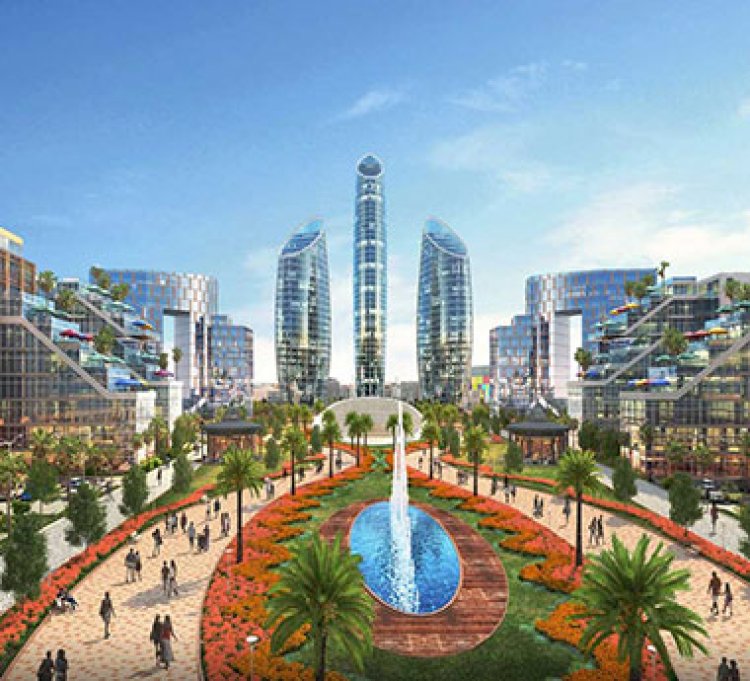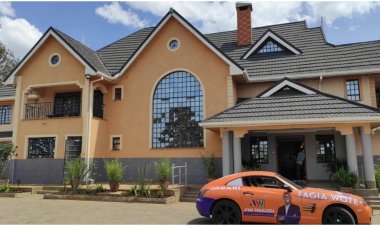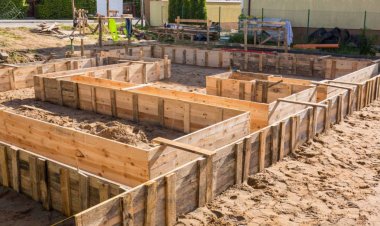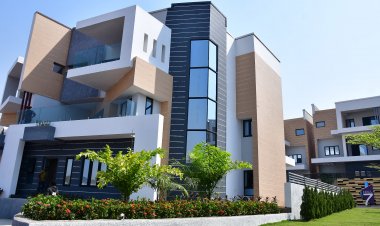Common Trends in Real Estate Market in Kenya
The Kenyan real estate market has experienced a tremendous growth over the past two decades majorly contributed by Stable GDP, rapid urbanization, high population growth rate and infrastructural development.

The Kenyan real estate market has experienced a tremendous growth over the past two decades majorly contributed by;
- Stable GDP
- Rapid urbanization
- High population growth rate
- Infrastructural development
These contributions have led to buyers wants of aspirational lifestyle and quality product just as investors wants for a high return leading to common trends in the real estate market.
1. Residentials
Kenyas population has faced an increase of about ten million citizens over a duration of one decade. To accommodate this growing population a demand for more residentials must be on the rise. However the most demand come from a 61% of the urban population who live in the slums and experience a high birthrate. It is closely followed by the need for students accomodations that accounts for almost 40% of the remaining deficit. This has rendered more developers to increase low cost housing construction using methods and technologies that reduce costs.
Communities such as Konza city, Tatu city and Cytonn's Newtown are becoming major hotspots and increasing the need for a live, work, play lifestyle.
2. Retail
Continious rise in mall spaces has boosted the growth of retails. Kenya is the second most largest occupant of mall spaces in Africa after South Africa with a total of 391000 square meters.
Many international and local developers have grabbed this opportunity following the increase of middle class population that increases the disposable income. This has been evident especially in Nairobi's Two Rivers mall, Garden city and the Hub, Eldoret's Rupas mall and Kisumu's United mall.
3. Industrial.
Onset of modern industrial park such as Tatu, Tilisi and Infinity are more than evidence that more Kenyans prefer a high quality stick which allows for modern retailing, distribution and manufacturing practices. Both also allow for a live, work and play lifestyle that is a common choice for this current millennial generation.
As a real estate investor one should also be on the look out for close proximity of the key airport and railway terminals when investing in an industrial area. Being that the new market is also looking for a serene location hence one should always avoid crowded central business divisions and busy congested town industrial areas when setting up an industrial area.
4. Hospitality
Hospitality is largely dependant on the tourism sector. Following the global pandemic the international tourism sector has experienced a rebound in volumes that has increased the domestic tourism.
To make their revenue streams diverse, real estate developers are turning their buildings and accomodations into hotel facility. Though international tourist major drive are things like, meetings, incentives, conference and exhibitions that has been greatly affected, a positivity in this field is expected this beginning year.
5. Office
Smart classy offices is knocking hard on the real estate market doors. Included amenities such as cafeteria, gymnastics and special entries for people with disabilities is another trend in office set ups.
It is one of the real estate trends that is affected greatly with the need of a world class standard as most preference and taste comes mainly from international firms. This makes more developers to offer semi-fitted office spaces with partitions and kitchen cabinets already included.
































